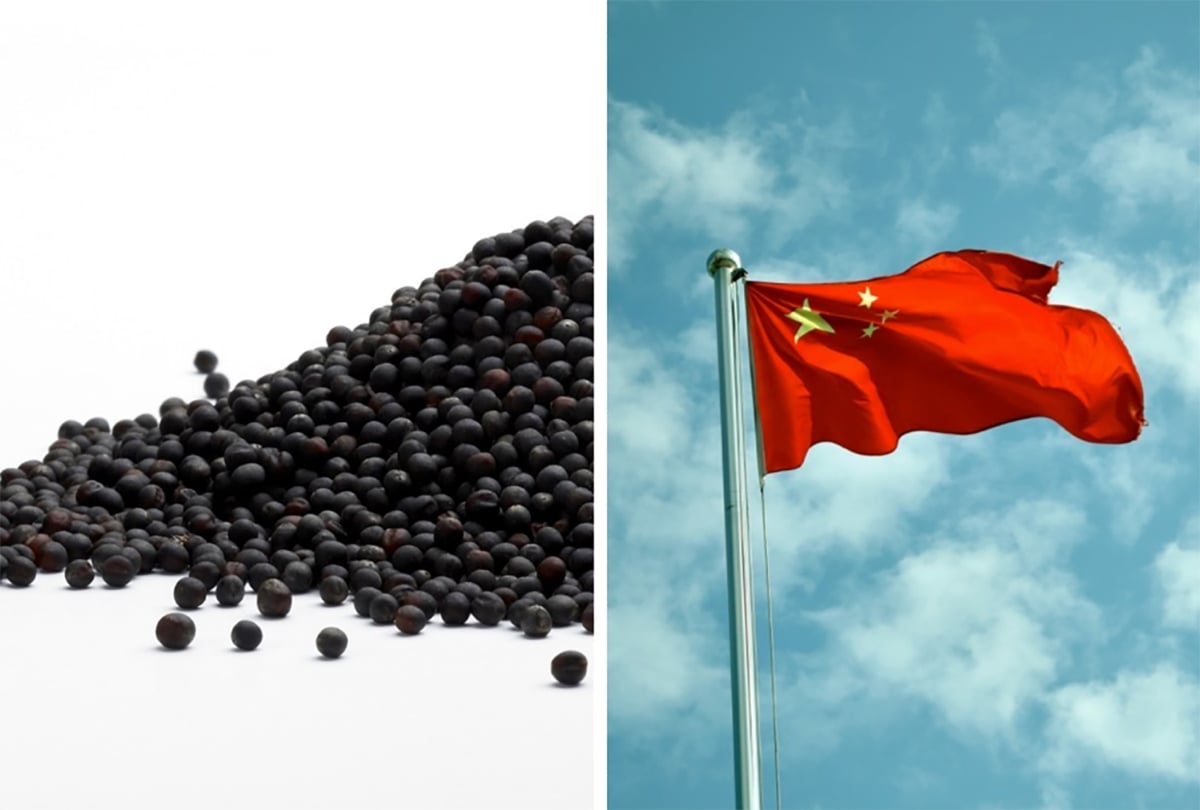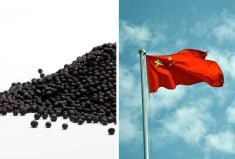Another glyphosate resistant weed has been confirmed in the United States, 200 kilometres south of the Canadian border.
Scientists at Montana State University announced in early March that Russian thistle plants on a farm in the state’s Chouteau County are definitely resistant to glyphosate.
Weeds from the field were tested in a lab and treated with 4.5 times the normal rate of glyphosate, but they still survived.
“The confirmed glyphosate-resistant Russian thistle biotype survived two times the field-use-rate of Ally Extra (Group 2, Sulfonylurea herbicide), confirming multiple resistance to glyphosate and sulfonylurea herbicides,” said Vipan Kumar, a weed researcher with the university’s Southern Agricultural Research Center.
Read Also

Carney expects to meet senior China leaders, sidesteps question on tariffs
Prime Minister Mark Carney on Thursday said he expected to meet senior Chinese leaders soon but sidestepped a question about dropping tariffs on Chinese electric vehicles in exchange for relief from Beijing’s duties on canola.
Three species of weeds have now developed resistance to glyphosate in Montana: kochia, marestail and Russian thistle.
Like kochia, Russia thistle is a tumbleweed, and a single mature plant can produce nearly 250,000 seeds. A resistant weed might travel a long distance on a windy day, spreading seeds across multiple fields.
Peggy Lamb, an agronomist with Montana State in Havre, said it’s likely resistant Russian thistle will soon move north.
“It’s just a matter of time, the way the wind blows … before (resistant) seed gets spread,” she said.
“This is the first actual confirmed case … but if we tested every weed that we saw that was suspect, we’d probably come up with more (confirmations).”
Russian thistle was abundant in Western Canada in the 1970s but is less common today.
A Saskatchewan survey from 2003 put it in the Top 10 of most prevalent weeds, but by 2014-15 it had dropped to 30th.
The weed isn’t as abundant because more rainfall and Group 2 herbicides that remain effective have prevented its spread.
“There are Group 2 resistant biotypes out there, but they’re not as a high proportion as they are with kochia,” said Saskatchewan weed specialist Clark Brenzil.
He said kochia and Russian thistle used to thrive in arid regions of the Prairies, particularly southwestern Saskatchewan and southern Alberta.
However, kochia has adapted to survive in wetter climates, while Russian thistle still prefers semi-arid conditions.
Regardless, the discovery of glyphosate-resistant Russian thistle in Montana is troubling.
“This confirmation is certainly of concern, how much (concern) is uncertain based on just this initial report,” said Hugh Beckie, a weed scientist with Agriculture Canada in Saskatoon.
“It is a tumbleweed like kochia, so long distance seed dispersal can occur.”
Russian thistle herbicide resistance:
The International Survey of Herbicide Resistant Weeds indicates that resistant Russian thistle has been found in:
Sask. 1989 chlorsulforon (Group 2)
Alta. 2007 thifensulforon methyl
U.S. 1987-1994 chlorsulforon
Montana 2005 glyphosate
Contact robert.arnason@producer.com















